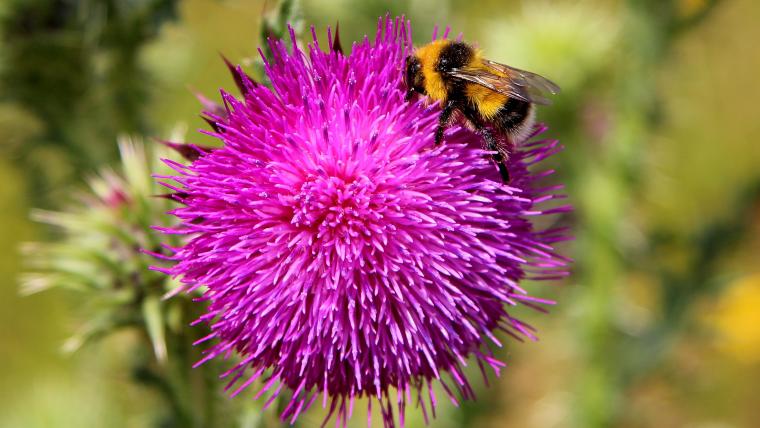
Restoring the wild side of the United Kingdom to rescue bumblebees
As a child, Gill Perkins knew she would work in nature one day. Now she’s the CEO of the Bumblebee Conservation Trust – the only initiative in the United Kingdom solely committed to protecting native bumblebees. Integral to the pollination of crops and wild flowers, bumblebee populations have decreased in the past century. “The main cause of decline has resulted from loss of habitat,” Perkins says.
“Bumblebees are one of the best pollinators, they’re better than honeybees,” Perkins says. “But the bumblebees need our help.” The increasing demand for food means farmers are prioritising crops over tracts of wild flowers which this keystone species feeds on. To support the soft fruit industry, thousands of commercially produced bumblebees are imported to the UK each year, bringing a higher risk of viruses to indigenous bees. While Britain has 25 different kinds of bumblebees, two of them have already gone extinct and several species have been added to their conservation priority lists.
To safeguard populations, Perkins and her team encourage communities to create a more conducive environment for bumblebees. “It’s people taking action that will help these creatures,” she says. Her charity provides education to anyone with a large farm or tiny garden on how to preserve bees. This includes planting bumblebee-friendly flowers and protecting wild patches of land.
While Perkins is giving people the opportunity to expand their knowledge about the importance of bumblebees, she’s also ensuring these insects have a future. “All things in nature have an intrinsic value,” Perkins says. “Everyone can do something to save these astonishing creatures.”
You can contribute to the work of the Bumblebee Conservation Trust here.
Footage by the Bumblebee Conservation Trust was used in the creation of this film.




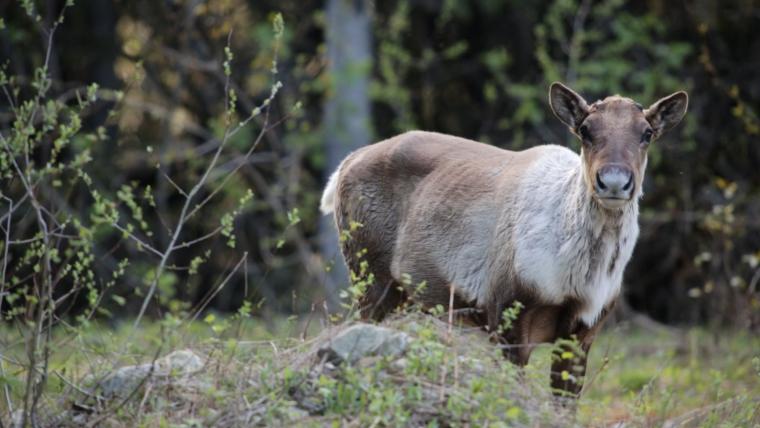
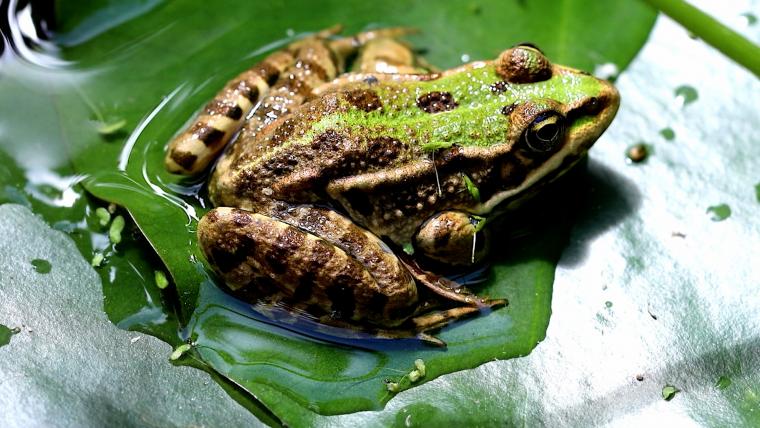
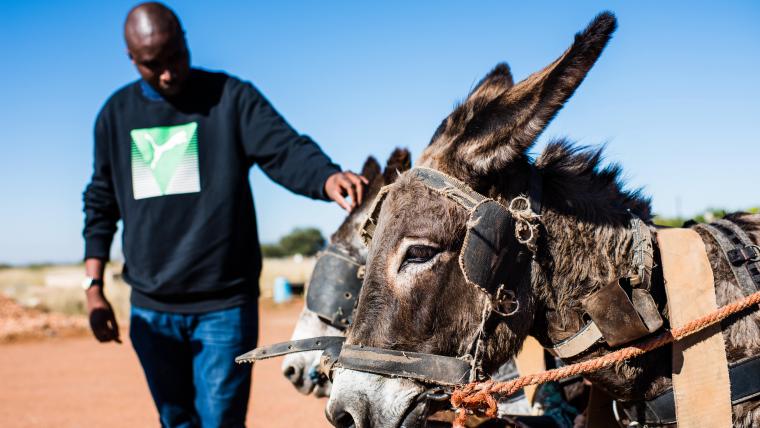


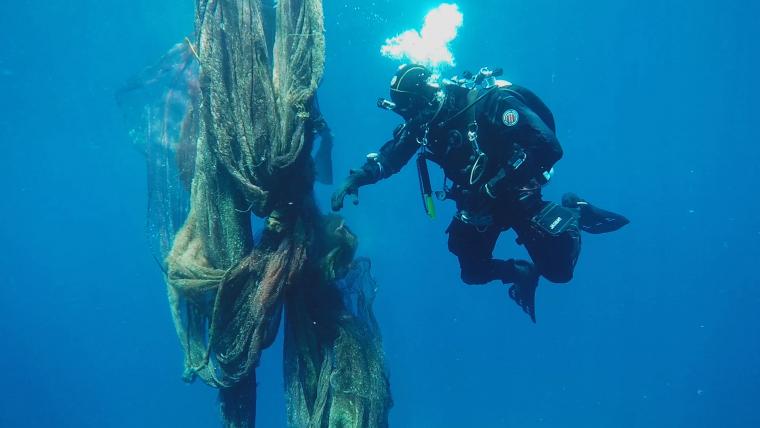




















Please sign in to leave a comment